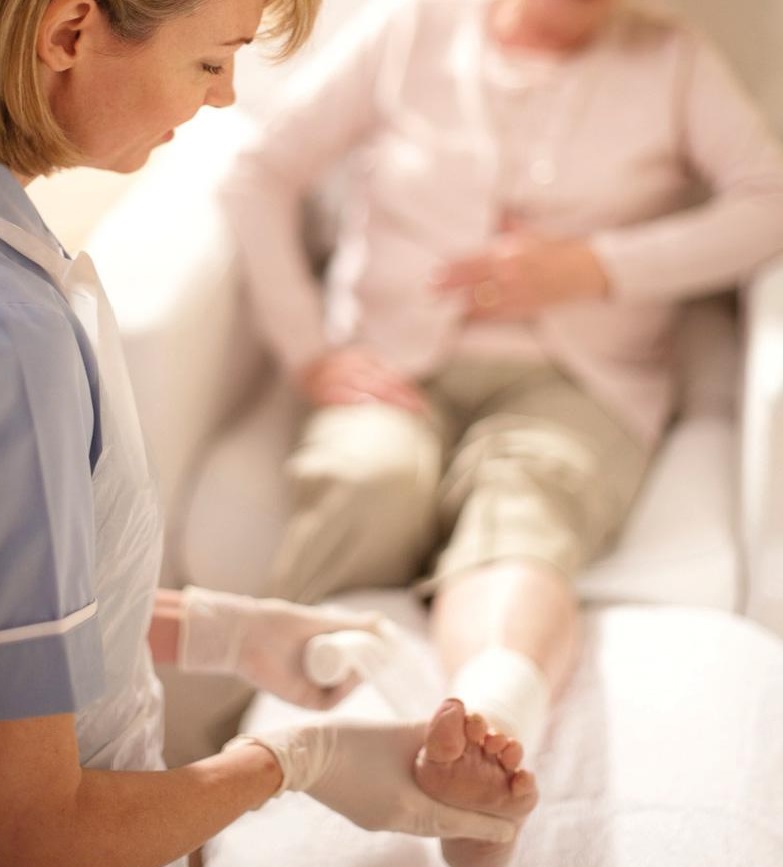
Leisure activities and dementia
A huge review of 38 studies with data on more than two million individuals confirms that people who keep active are less likely to develop dementia. Participation in cognitive, physical and social activities was associated with a 20% reduction in both Alzheimer’s disease and vascular dementia. But it’s unclear if leisure activities protect against dementia, or just that those people destined to avoid it are also the sort who tend to stay active.
Leg ulcers usually develop on the inside of the leg, between the knee and the ankle. Venous leg ulcers are the most common, causing 60% of cases, affecting one in 500 people in the UK, more commonly with age.
They can develop after a minor injury, with persistently high pressure in the leg veins weakening the skin. Symptoms include pain, itching and swelling. There may be discoloured or hardened skin around the ulcer, with a foul-smelling discharge.
See your GP if you think that you have a leg ulcer, as it will need specialist treatment to help healing. Your GP will examine your leg and may carry out additional tests to rule out other conditions.
You’re more at risk of developing one if you previously had deep-vein thrombosis (DVT), or have difficulty walking from arthritis, or have a leg injury, obesity or paralysis, after recent leg surgery or if you have varicose veins.
A WEEKLY DOSE OF INSULIN
هذه القصة مأخوذة من طبعة March 14, 2023 من WOMAN'S WEEKLY.
ابدأ النسخة التجريبية المجانية من Magzter GOLD لمدة 7 أيام للوصول إلى آلاف القصص المتميزة المنسقة وأكثر من 9,000 مجلة وصحيفة.
بالفعل مشترك ? تسجيل الدخول
هذه القصة مأخوذة من طبعة March 14, 2023 من WOMAN'S WEEKLY.
ابدأ النسخة التجريبية المجانية من Magzter GOLD لمدة 7 أيام للوصول إلى آلاف القصص المتميزة المنسقة وأكثر من 9,000 مجلة وصحيفة.
بالفعل مشترك? تسجيل الدخول

POTTED perfection
Get a floral fix with indoor-flowering plants

This Rough MAGIC
Did Abigail really have what it took to be an actress? She was about to find out

Slug and LETTUCE
Was Sharon's marriage worth saving? Oh yes it was!

BEAUTIFUL British Columbia
From city to mountains in no time, this Canadian province has it all

FUNNY business
Romance was in the air when Layla met a handsome stranger

PUDDING favourites
Comforting and delicious sweet treats

Second-time SENSATIONS
Give Christmas leftovers a fresh lease of life

The power of POSITIVE
Felicity Ashley was rowing across the Atlantic when she developed some worrying symptoms

I'm the world's biggest try hard!"
Country file presenter and TV Mr Nice Guy Matt Baker on hard graft and why, after 20 years of marriage, it still feels like they met yesterday!

Stay well, STAY WARM
Boost your wellbeing this winter with these healthy ways to beat the chill - without spending a fortune on the heating